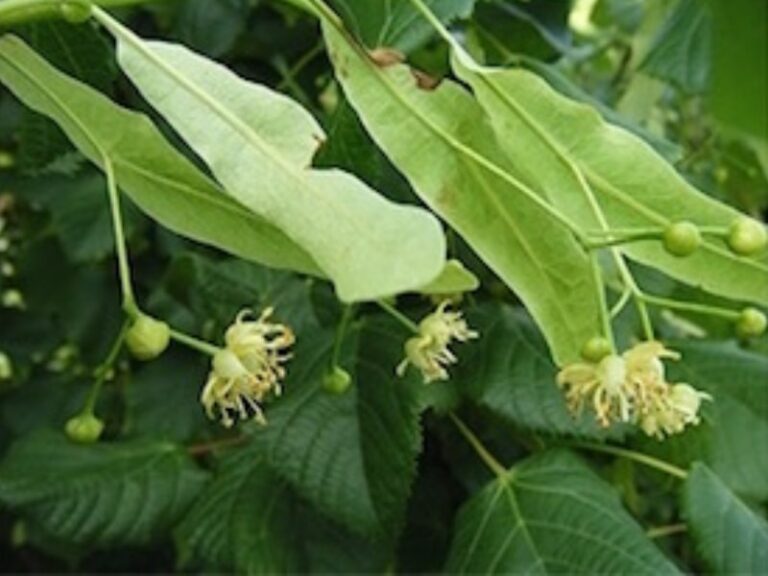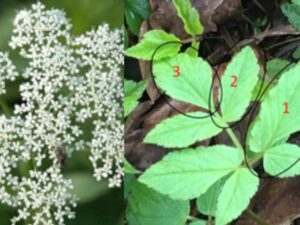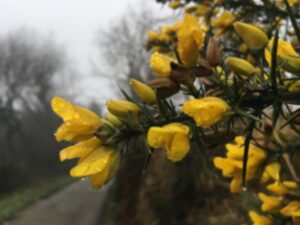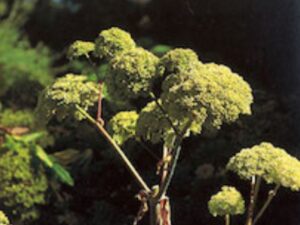Limeflower – Tilia europaea
Lime blossom is a soothing, relaxing herb used in conditions where there is nervous tension. It is used to help prevent arteriosclerosis and in hypertension. We herbalists specifically use it to lower blood pressure associated with nervous tension. Its relaxing effects on the circulatory system makes it helpful for some forms of migraine. It is also used to help increase sweating to bring down fevers and so is a good remedy for colds and flu.
Linden tea is commonly used in France as a household drink and honey made from the lime flowers is regarded as the best tasting honey and is one of the most valuable in the world! Is wood is good for carving being white, close grained and smooth it allows for great sharpness in minute details, Grinley Gibbons did most of his flower and figure carvings for St. Pauls Cathedral, Windsor Castle and Chatsworth in Lime wood. It is a light wood and never becomes worm ridden.
A beautiful tree with heart shaped leaves, I am always thrilled when I come across a Lime tree in the wild, and look forward to a sunny summer day when I can take my willow basket, collect the flowers and make the delicious tea which can only be drunk fresh at this time of year.
Try it for yourselves; it can also be drunk cold with ice as a refreshing, relaxing summer drink.
Jayne
And finally
Here is this months poem by Nadia Kingsley. See more of her work here.
Lime Tree Flowers
As a child I had my favourite subjects:
Maths – for its pie charts;
R.E.- for illustrations of Joseph’s brothers,
and the story of the Ark.
Both classes required me opening that box:
Caran D’ache it said
on top of snowy mountains;
inside the promised rainbow spread.
Look back at pictures drawn aged five.
See happy sun, line of blue,
four-windowed house,
and tree that was always a Lime:
as wide as its height, its leaves are love.
Walk your city – hear the Lime
before you see it –
humming with punch drunk bees.
Sit under for shade as the temperature rises.
Feel calmer about the global crisis.
Plant more Limes – then disgruntled drivers
may give up their cars – for there’s always a cloud
behind every lining. And as for me?
I’m starting to grow up.
I will scavenge through car boot junk,
amass crayons of green, brown and cream.
Then I’ll draw as many Limes
as I can, before the heat from global warming
reaches our more Northern climate,
and I forget what they’re like.




